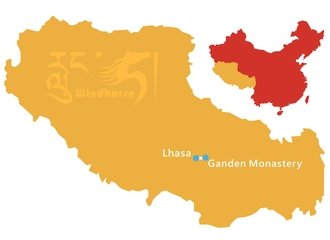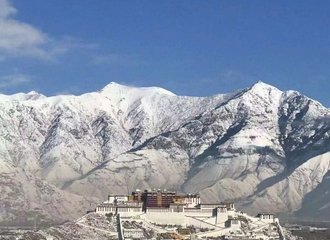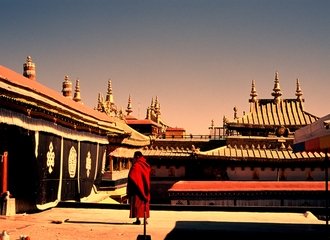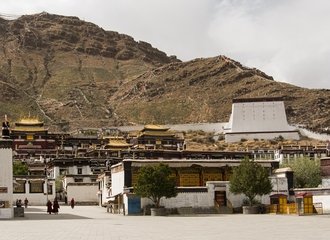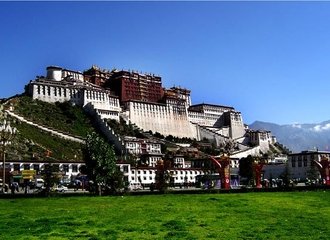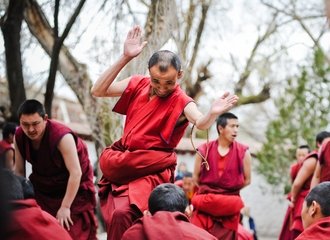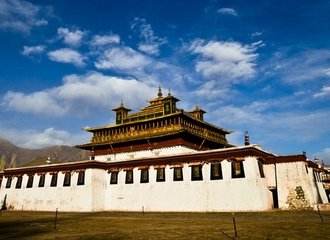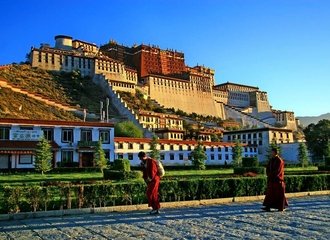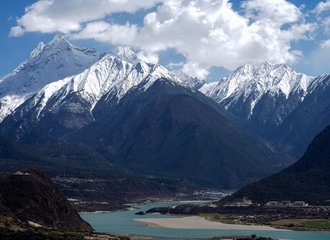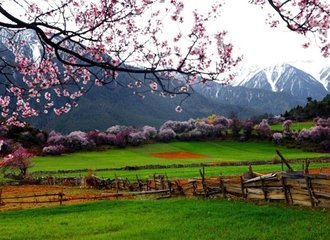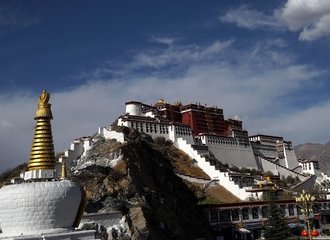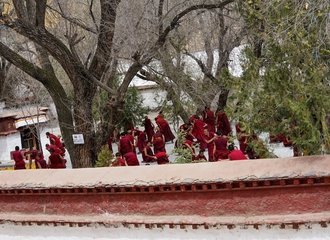Xi'anyang, the third largest city in Shaanxi
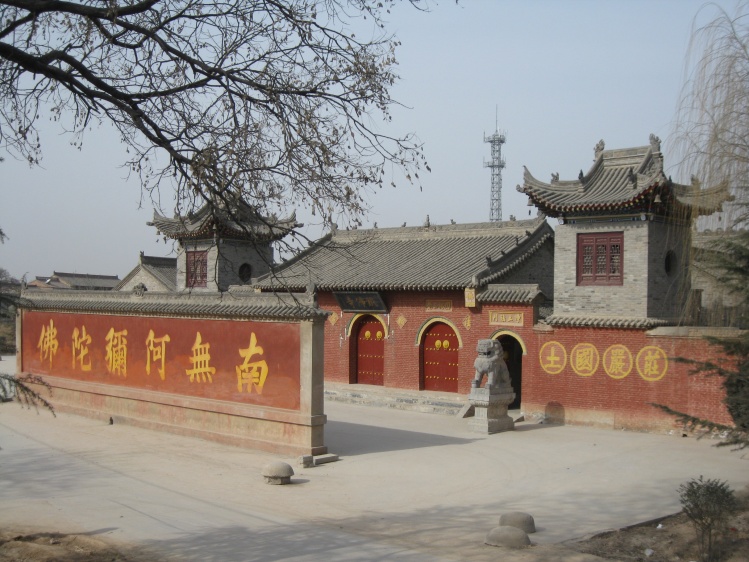
Located in the middle part of Guanzhong Plain, on the north bank of Wei River and in the west of Xi'an, Xianyang (咸阳) is the third largest city in Shaanxi Province with an area of 10,119 sq.km. (3,907 sq. mi.) and a population of over five million. Administering two districts and ten towns, it used to be a political, economic, cultural and transportation center during the reign of the first Chinese emperor, Qin Shi Huang (秦始皇; 259 BC – 210 BC).
Established in 1952, Xianyang is now an emerging industrial city giving priority to the development of a range of industries including textile, electronics, coal, petrochemical and mechanic sectors. The total output value of this city is 76.5 billion in 2008 with an increase of 16% over the same period of the previous year while in 2009, it reached 87.3 billion increasing 14.2% compared with the year 2008. In 2010, the figure climbed to about 109 billion with 21,900 GDP per capita.
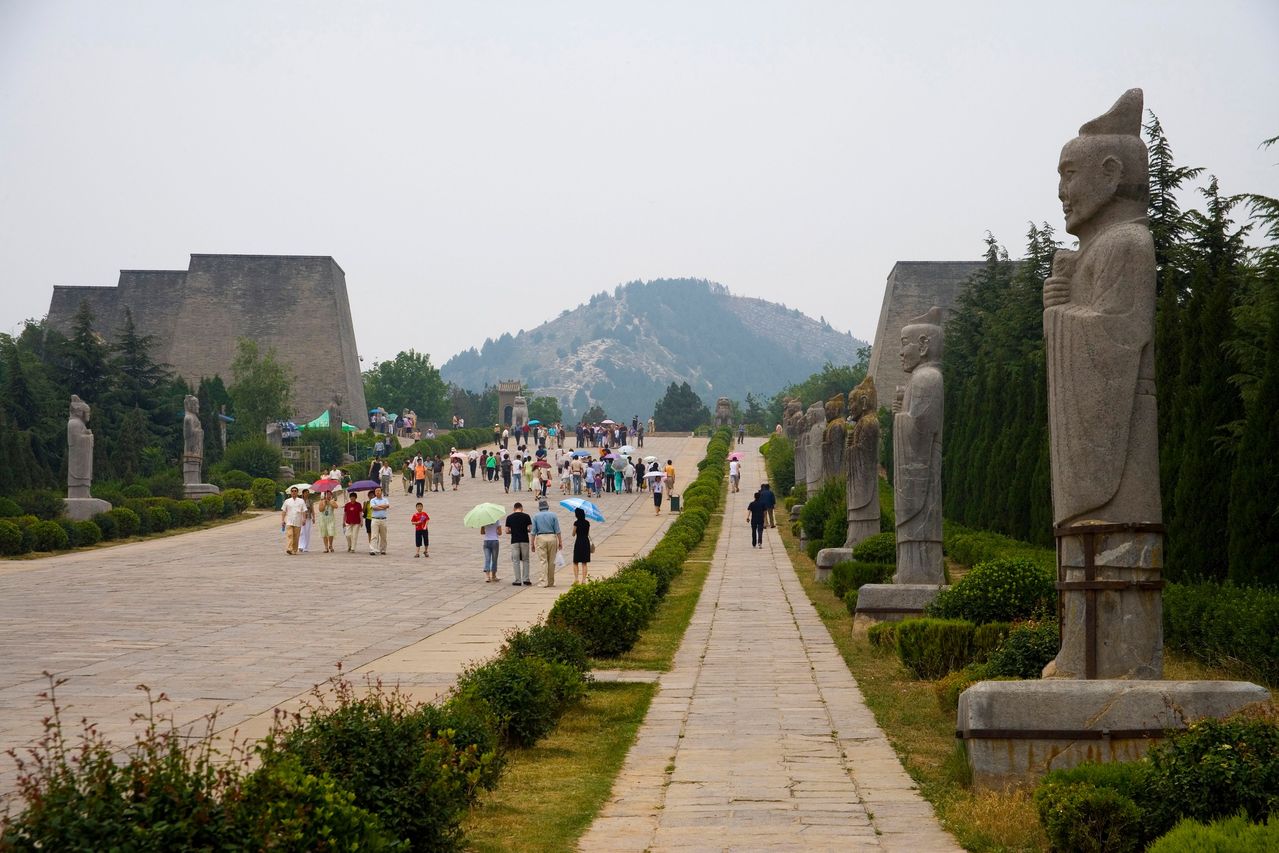
Geographically, Xianyang is in warm temperate zone and enjoys a continental monsoon climate with four distinct seasons and an average temperature of 9.0 to 13.2℃. One hundred and fifty-eight rivers run through it together with twenty-six rivers with a surface run off of one hundred and more sq.km. The land area of the city totals more than one million hectares with 39.9 % of arable land, 11.6% of garden plot, 17.6% of forest and the rest of it covered by pasture. Despite the rich water and land resources, Xianyang is especially famous for its geothermal resources making it the first city to earn the title of "the geothermal city" in China.
As an ancient cultural and historical city, Xianyang boasts lots of tourist attractions. This includes 825 ancient ruins, 783 tombs and graves, 93 ancient architecture, 19 grottos and 252 stone carvings. Movable cultural relics like jade wares, gold and silver wares, pottery, porcelains, stone carvings and mural paintings amount to 55,000 pieces. However, the most magnificent and amazing tourist spot is the Qianling Mausoleum which is a large tomb shared by emperor Tang Gaozong and his wife Wuzetian, the first woman emperor in Chinese history and accompanied by several other tombs of the large imperial family.


